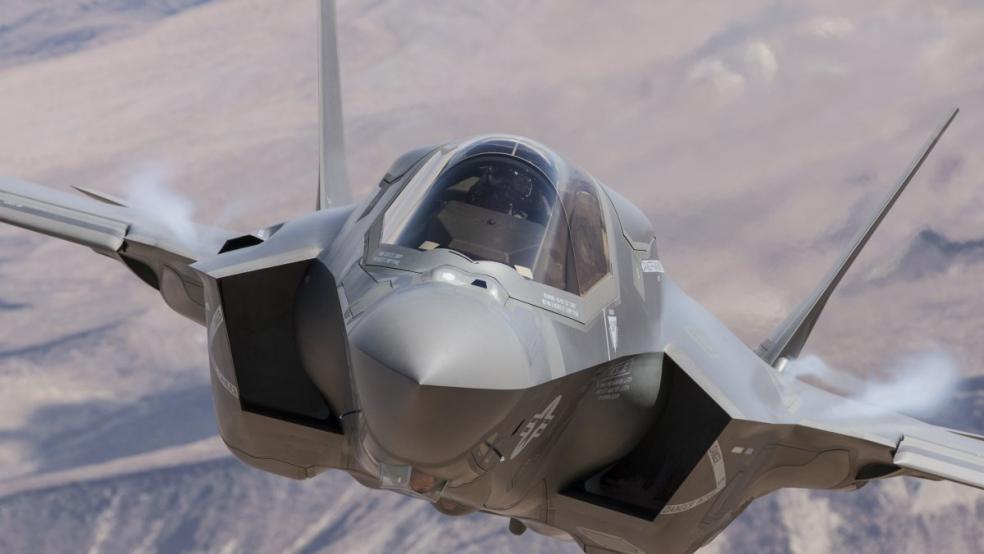President Trump’s 2020 budget calls for a record $750 billion in spending for national defense. Here are some key facts and figures related to what CNBC’s Amanda Macias calls a “colossal” military budget request:
- The Department of Defense would claim about $718 billion of the total, with the remaining $32 billion designated for national security missions within other branches of the federal government (i.e., the nuclear weapons programs at the Department of Energy).
- The Pentagon request is about $33 billion higher than the 2019 appropriation, an increase of 5 percent.
- The base budget would be $544 billion.
- About $165 billion would be directed to Overseas Contingency Operations, a special fund that is not subject to budget caps and is intended to be used to fight the post-9/11 wars – but in Trump’s budget is being used for a variety of other programs.
- Roughly $9 billion would be spent in a new account called “emergency requirements,” part of which would be used to backfill funds that may be shifted this year from military construction projects to build part of the border wall.
- Space operations would receive $14 billion, including $72 million to establish a headquarters for the proposed Space Force.
- Operations and maintenance would receive $293 billion.
- $155 billion for military personnel, including a 3.1 percent raise.
- A record $104 billion for research and development.
- $22 billion for military construction and family housing.
- $11 billion to purchase 78 F-35 stealth jets, six fewer than current plans.
- $3 billion for the development of the B-21 bomber.
- $2 billion to modernize 166 M-1 Abrams tanks.
- $1 billion to purchase eight F-15X Advanced Eagle fighters.
Analysts say Trump’s budget is “dead on arrival,” like most presidential budgets. But the defense request spells out the Pentagon’s latest priorities, and a modest budget increase could be in the cards as part of a congressional deal to increase domestic spending. The decision to use the Overseas Contingency Operations fund to sharply increase defense spending while avoiding potential budget caps could be a problem, however, with lawmakers from both parties decrying that maneuver as a “gimmick.”




